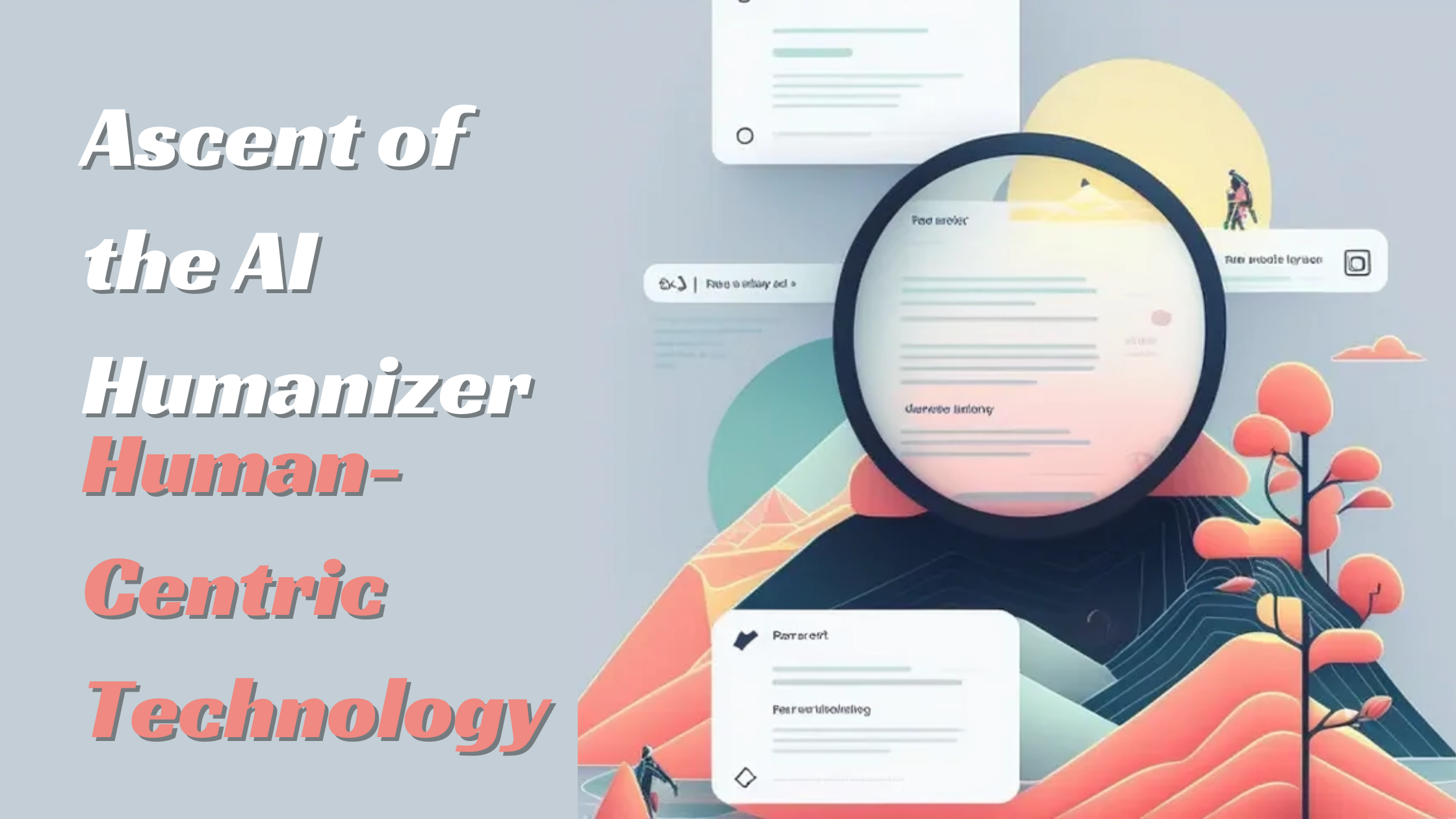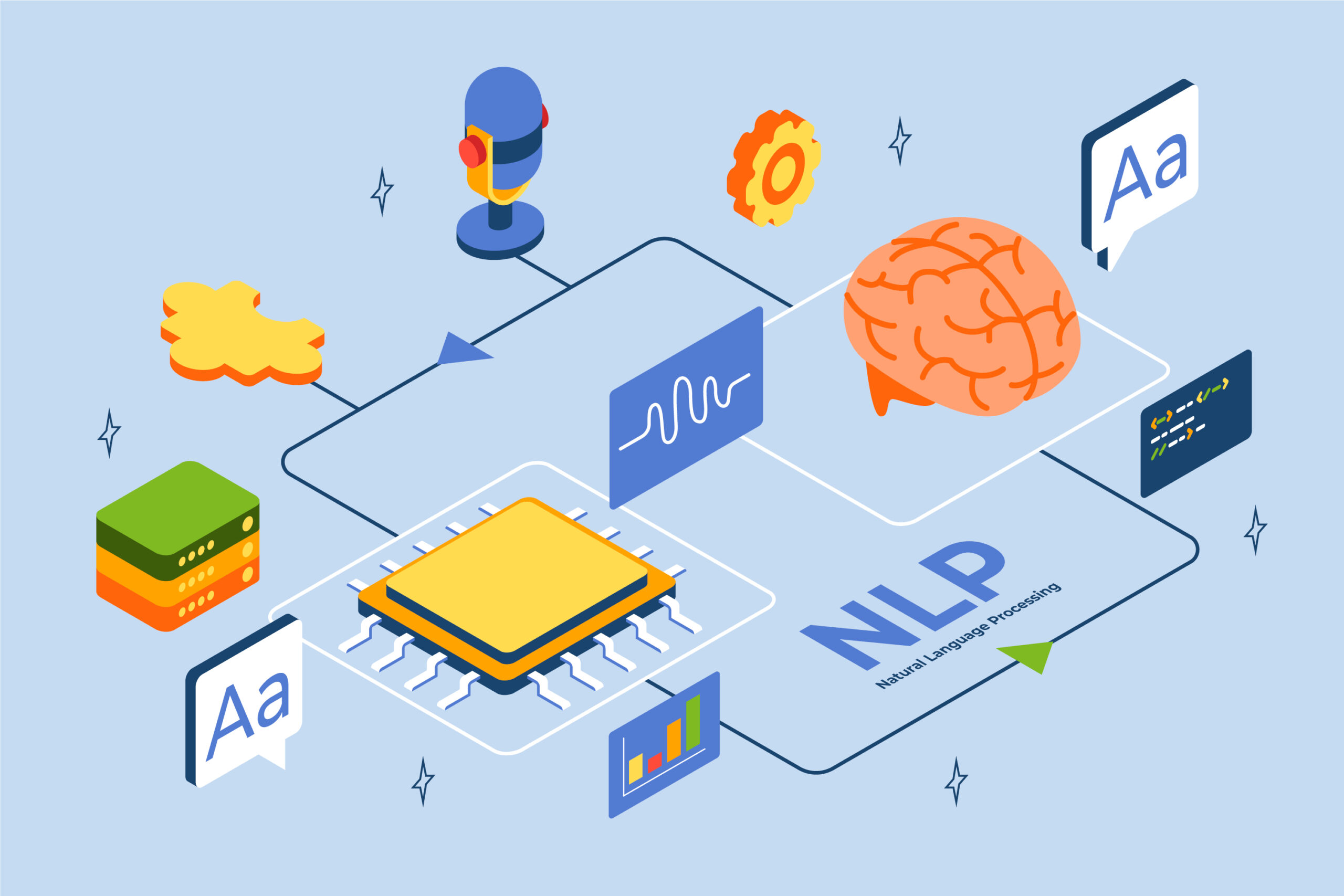The Ascent of the AI Humanizer: Human-Centric Technology
As computers learn to understand and respond to human emotions and social cues, artificial intelligence (AI) is entering a new era. AI humanizers, complicated systems that blend digital efficiency with human empathy, are a feature of this revolutionary time. As AIs become more human-like in conduct and communication, we are changing how we use technology. AI systems are becoming aware individuals who can understand our emotions, sophisticated behaviours, and highly personal interactions. The path to ai humanizer transforms human-machine interaction and reflects impressive technological progress. It’s also making us rethink AI’s role in our daily lives.
Technology Overview: Natural Language Processing and ML
AI Humanizer (https://www.humanizeai.pro/) tools are based on two essential technologies: Machine Learning (ML) and Natural Language Processing (NLP).
Natural language processing (NLP)
Natural language processing (NLP) is a branch of artificial intelligence that tries to make it easier for people and computers to talk to each other. Natural language processing (NLP) aims to read, analyse, understand, and make sense of human languages. Statistical analysis, machine learning, deep learning, and computational linguistics are all used in natural language processing (NLP). Computational linguistics models human language based on rules. When these technologies work together, they let machines understand natural human speech, including the tone of voice and what the speaker is trying to say.
Machine learning (ML)
The field of artificial intelligence called machine learning (ML) lets computers learn new things independently, without a person’s help. AI humanizers use machine learning algorithms to sort through vast amounts of data, such as speech patterns, conversation patterns, and how context affects meaning. AI Humanizer programs can learn from this process and now do more than understand and react to human input. Plus, they can learn from users’ likes and dislikes and how they talk, making exchanges more natural and personalised over time.
Using natural language processing and machine learning, AI Humanizer applications can understand and produce speech that sounds like a person spoke it. They can also learn from interactions with users and react emotionally and contextually appropriately to what the user is trying to say. With each new version of these technologies, the line between human and machine touch gets less clear. This is the start of a revolutionary new era of digital communication that everyone can understand.
What Do You Understand About AI Humanizer
Artificial intelligence Humanizers are programmes and technologies that make non-personal digital encounters more natural and friendly. Machine learning, natural language processing, Humanizer intelligence, and biometric data are used to understand and address people’s needs.
Essential Things About AI Humanizer:
- NLP helps AI understand and use human speech naturally.
- Computer software called AI Humanizer may mimic human emotions.
- Machine learning uses data to make decisions like people.
How to Make AI More Human: The Process of Looking into NLP
The primary way AI Humanization uses computers is Natural Language Processing (NLP). NLP lets computers understand and analyse spoken and written human language. An area called natural language processing (NLP) brings together linguistics, computer science, and artificial intelligence. The problem is more difficult because you must understand more than just words. You need to understand phrases, puns, and how people use grammar to communicate.
Extensive collections with text and context teach natural language processing (NLP) systems to be more like humans. In any language, these tools may be able to pick up on local nuances, idioms, and built-in grammar rules. Natural language processing (NLP) has allowed machines to speak between languages, understand meaning, and pull out topics. AI Humanizer apps should be able to talk to users in a way that sounds everyday, is easy to understand, and is like a person.
Case studies of AI Humanizer in Several Areas
AI that makes people more like people has many effects, ranging from customer service to mental health care.
Giving Service to Customers
Regarding customer service, AI chatbots may be able to give correct answers based on sensitivity if given the right help. Google and OpenAI are at the forefront of making AI that can understand complex talks with customers and respond correctly.
Getting medical care
AI, which makes machines more like people, is changing healthcare in two ways: by providing companionship and mental health help. For instance, AI-powered doctors can offer beginning counselling and assistance when healthcare systems are too busy.
Fun things to do
With the help of AI humanizers, the entertainment business may be able to make content that is more useful and specific to each viewer. In video games, these AIs are used by characters to change what they do based on what the player does and how they feel.
Problems and issues with morals
Concerns about ethics are growing as AI becomes more like people. The main problems are:
- There must be strict privacy means when dealing with private personal information.
- A possible risk is relying too much on technology for psychiatric help.
- Sincerity: It might be getting harder to tell the difference between real people talking and content made by AI.
The end goal of AI humanizers is to make AI more useful in everyday life. As AI improves at having more complex human connections, it may lead to new ways of socialising, therapy, and teaching with AI’s help. Humanizing AI and robots that can feel must be studied more. The Media Lab at MIT and other groups constantly push the edges of what AI can learn about people’s thinking.
How can AI Humanizer connect to the Internet of Things?
When Internet of Things (IoT) devices are combined with artificial intelligence (AI) humanizers, more innovative homes respond to our commands, and even guess what we want and how we feel might become a reality. To sum up, artificial intelligence (AI) humanizers are a positive step towards a future in technology that is more caring, whole, and focused on people. There are still problems, but there is a big chance to make a positive difference in many areas of society. As time passes, it will be essential to find a balance between the benefits of AI that understands and helps the human experience and the social issues that need to be considered.
FAQs
What uses can the AI humanizer be put to?
Apps that use AI to make the user experience more human behave in ways similar to those of a real person, such as showing feelings and reactions similar to those of a real person.
How does AI help make technology more accessible to use and more like real people?
The AI behind these apps is based on mood analysis, machine learning, and natural language processing. These techniques help AI better understand and react to people’s emotions.
How much do AI Humanizer apps make the lives of their users better?
Through examples and case studies, we showed that AI Humanizer apps improve exchanges between people and machines by making digital services more natural, attractive, and caring.
What are the social and mental effects of apps that make AI seem more human?
AI humanizer apps make the experience more personalised and fun because they can read and respond to users’ feelings. They could significantly impact fields like customer service, schooling, and healthcare.


















